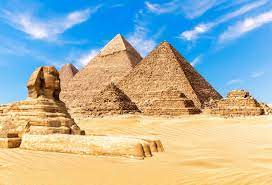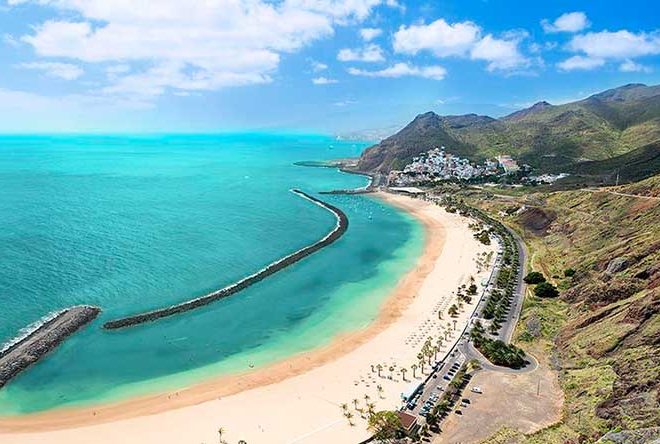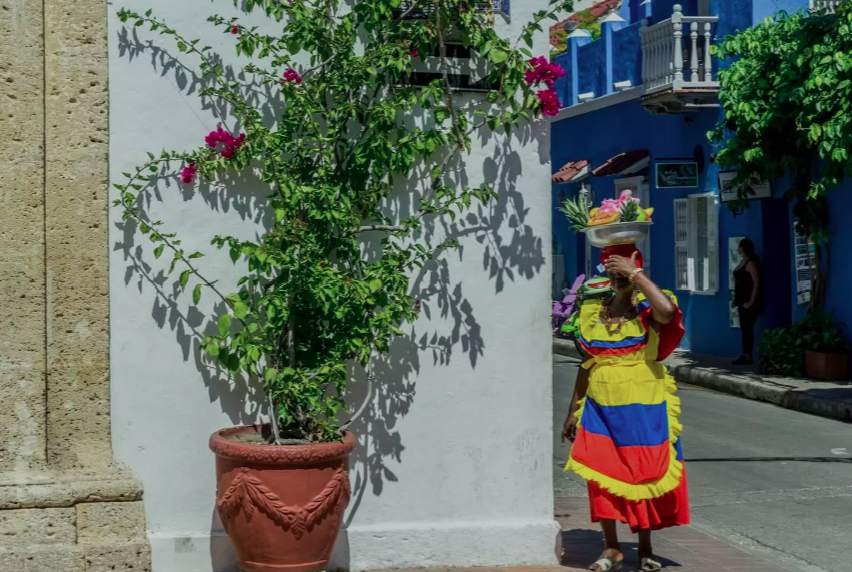
Exploring Fun Facts About Colombia’s Diverse Landscapes, Culture, and Traditions
Discover the enchanting fun facts about colombia, a country that beckons with its remarkable blend of diverse landscapes, rich cultural heritage, and captivating traditions. Nestled in the heart of South America, Colombia stands as a testament to nature’s splendor and human ingenuity. From the misty peaks of the Andes Mountains to the sun-kissed shores of the Caribbean Sea and the mysteries of its pre-Columbian past, Colombia holds a tapestry of intriguing fun facts that are sure to ignite curiosity and appreciation for this vibrant nation.
Colombia’s geographical allure is unparalleled. Picture a land graced with coastlines that embrace both the Pacific Ocean and the Caribbean Sea, endowing it with the unique privilege of having it all – from lush rainforests to pristine beaches. The Andes Mountains cradle Colombia, with their majestic presence offering more than just breathtaking vistas. This range divides into three distinct chains, each contributing to Colombia’s diverse ecosystems and awe-inspiring scenery.
Geography and Nature:
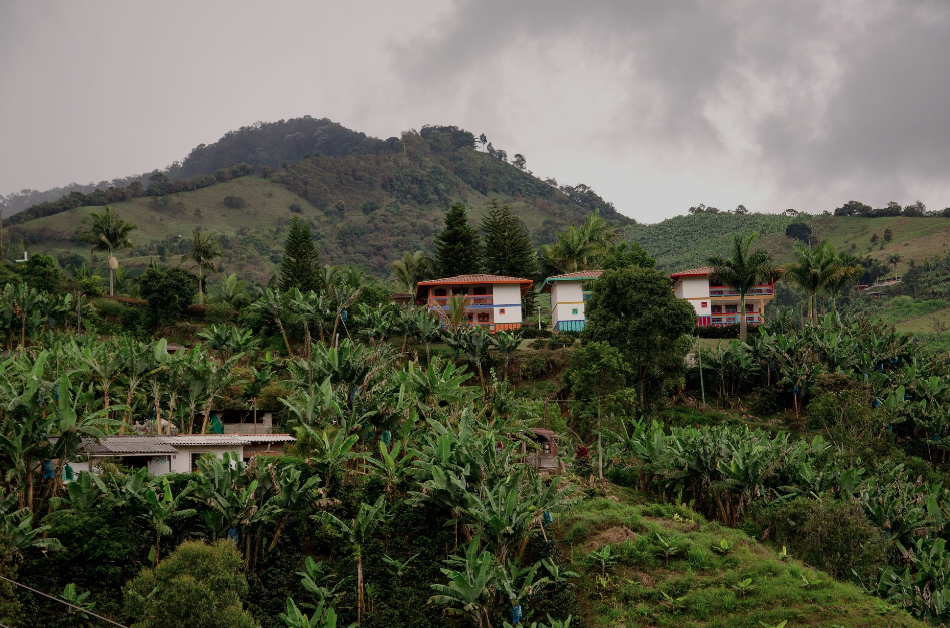
Coastline Diversity:
Colombia is a geographical marvel, with coastlines along both the Pacific Ocean and the Caribbean Sea. This unique positioning grants it a diverse range of ecosystems and landscapes, from lush rainforests to stunning beaches.
Andes Majesty:
The Andes Mountains traverse Colombia, splitting into three distinct ranges as they cross the country. This topographical feature not only contributes to Colombia’s breathtaking scenery but also influences its climatic and ecological diversity.
Caño Cristales’ Chromatic Beauty:
The Caño Cristales River, often referred to as the “Liquid Rainbow,” is a natural wonder. Its vibrant appearance comes from the Macarenia clavigera plant, which displays shades of red, blue, green, black, and yellow, creating a living artwork.
Megadiverse Biodiversity:
Colombia ranks among the world’s 17 megadiverse countries, housing around 10% of Earth’s species. Its expansive range of ecosystems, from tropical rainforests to high-altitude páramos, hosts an incredible array of flora and fauna.
Amazonian Presence:
Colombia shares a part of the Amazon Rainforest, which contributes to its unparalleled biodiversity. This slice of the Amazon Basin showcases unique species and ecosystems, underscoring the country’s environmental significance.
Cultural Richness:
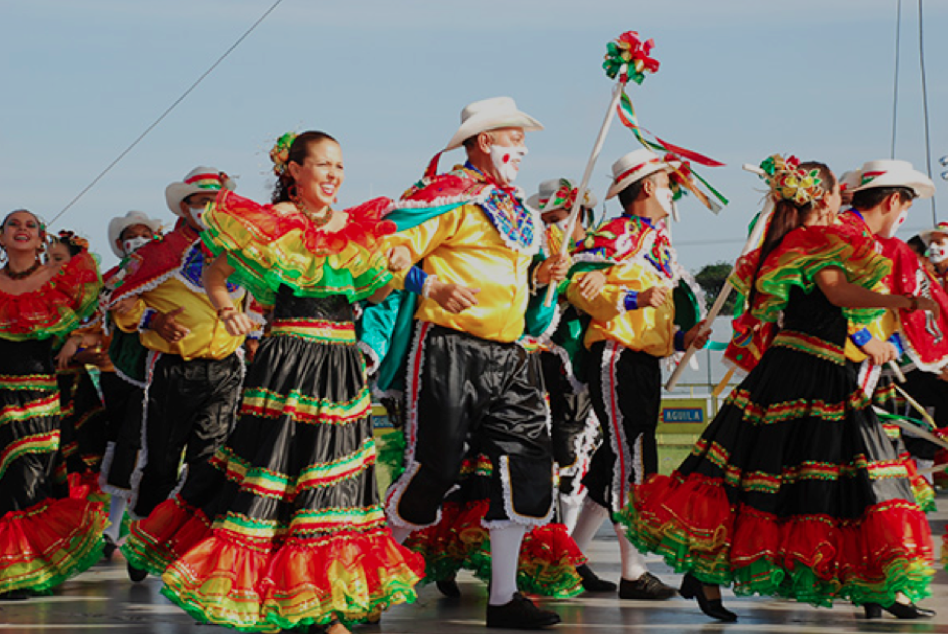
Symbolic Sombrero Vueltiao:
The “sombrero vueltiao” is more than just a hat; it’s a national symbol representing Colombian heritage and craftsmanship. Woven intricately from caña flecha fibers, this hat is a testament to the nation’s cultural identity.
Coffee Prowess:
Colombia is renowned for producing some of the world’s finest coffee beans. Its unique geography, with high-altitude coffee-growing regions, contributes to the exceptional flavor and aroma that Colombian coffee is celebrated for.
Shakira and Sofia Vergara:
Colombia boasts internationally acclaimed talents like Shakira, a Grammy-winning singer-songwriter known for her dynamic performances, and Sofia Vergara, an Emmy-nominated actress recognized for her role in the hit TV show “Modern Family.”
Carnival of Barranquilla:
The annual Carnival of Barranquilla is a vibrant extravaganza that celebrates Colombian culture through music, dance, and colorful parades. It’s a testament to the nation’s festive spirit and artistic richness.
Rhythmic Melodies:
Colombia’s music scene is a tapestry of diverse genres. Cumbia, with its African, European, and indigenous roots, and vallenato, a traditional folk style, are just a few examples of the nation’s musical heritage.
River of Five Colors:
The “River of Five Colors” is an awe-inspiring natural phenomenon found in Colombia. Caño Cristales showcases a kaleidoscope of hues, transforming its waters into a mesmerizing painting that evolves with the changing seasons.
Flower Festival:
Medellín’s Flower Festival is a captivating celebration of Colombia’s rich floral diversity. This event not only highlights the country’s stunning blooms but also offers a glimpse into its vibrant cultural heritage.
Historical Significance:
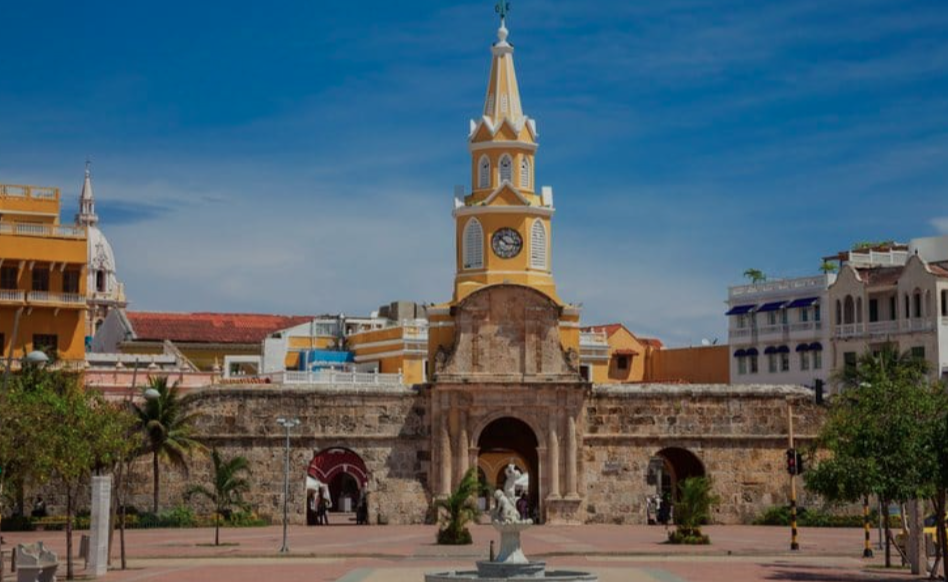
Columbian Naming:
Colombia derives its name from Christopher Columbus, who played a pivotal role in the exploration and colonization of the Americas.
Ancient Lost City:
The Ciudad Perdida, or “Lost City,” predates even the famous Machu Picchu. This archaeological site is nestled in the dense Colombian jungle and offers intrepid travelers a glimpse into pre-Columbian history.
Muisca’s Golden Legends:
The Muisca civilization thrived in Colombia and conducted rituals involving gold offerings at Lake Guatavita. This tradition led to the legend of El Dorado, a city of gold that fascinated explorers for centuries.
Path to Independence:
Colombia was an early participant in the fight for South American independence from Spanish colonial rule, with the Grito de Independencia in 1810 marking the start of the nation’s long journey to sovereignty.
Cartagena’s Colonial Legacy:
Cartagena’s well-preserved colonial architecture and historical significance earned it a spot on the UNESCO World Heritage list. The city’s fortified walls and charming streets are windows into its colonial past.
Miscellaneous Fun Facts:

Birdwatcher’s Paradise:
With over 1,900 species of birds, Colombia is a haven for bird enthusiasts. Its diverse ecosystems accommodate a wide range of avian species, making it a top destination for birdwatching.
Flag Symbolism:
Colombia’s flag consists of three horizontal stripes – yellow on top, symbolizing the sun; blue in the middle for the seas; and red at the bottom, representing the bloodshed during the fight for independence.
Gachala Emerald:
The Gachala Emerald, the world’s largest emerald, was discovered in colombia . This stunning gemstone is a testament to the country’s mineral wealth and gemological treasures.
Emerald Capital:
Colombia’s emerald mines produce some of the world’s most exquisite emeralds. The country’s emerald industry has deep historical roots and continues to be a significant contributor to its economy.
Efficient Transit:
Bogotá’s TransMilenio is a renowned bus rapid transit system that efficiently transports millions of passengers daily. It showcases columbia country commitment to innovative urban solutions.
Explosive Sport:
Tejo, a traditional Colombian sport, involves throwing metal discs at small packets of gunpowder. When struck, the gunpowder creates a satisfying explosion, making this pastime a unique blend of sport and entertainment.
Salsa Capital:
Cali is globally recognized as the “salsa capital of the world.” This vibrant city is synonymous with passionate dance and music, making it a haven for salsa enthusiasts.
Diverse Cuisine:
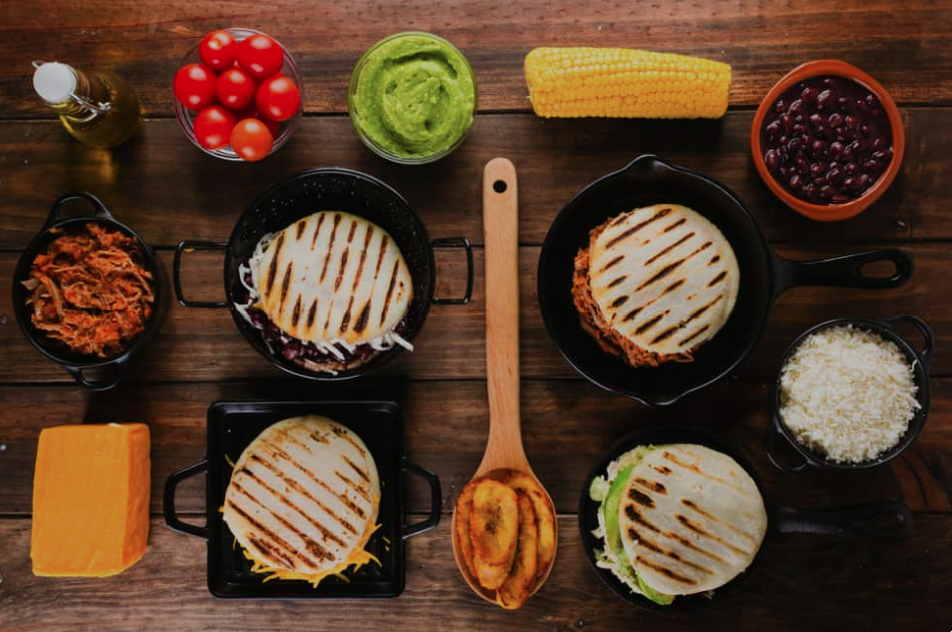
Arepas and Bandeja Paisa:
Arepas, versatile corn cakes, are a staple of Colombian cuisine, enjoyed with various fillings. Bandeja paisa, a hearty meal featuring beans, rice, plantains, meat, and avocado, embodies Colombia’s love for flavor-packed dishes.
Aguapanela Refreshment:
Aguapanela, a traditional Colombian drink made from sugarcane, offers a refreshing and comforting beverage that’s widely consumed across the country.
Tropical Fruit Abundance:
Colombia’s tropical climate yields a diverse array of fruits, including guava, passion fruit, and lulo. These fruits not only tantalize taste buds but also showcase the country’s agricultural richness.
Innovations:
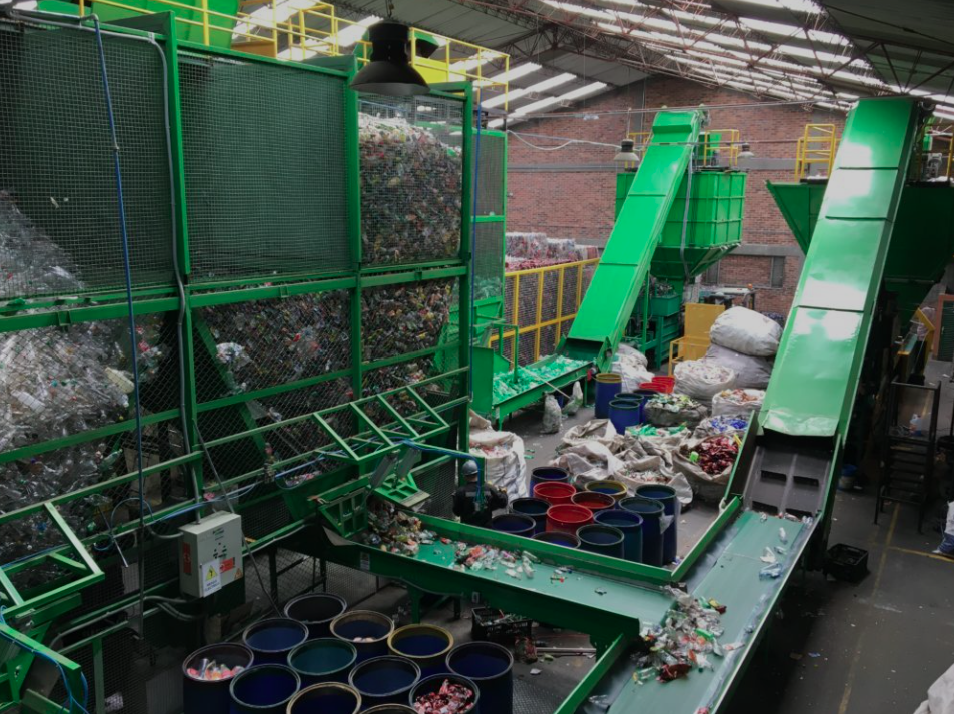
Bulletproof Innovation:
Colombia’s development of Spectra, a bulletproof fabric used in body armor, showcases the country’s commitment to technological advancements with practical applications.
Eco-Friendly Plastic:
Colombia’s creation of BioD, a biodegradable plastic derived from plantains and yucca, emphasizes its efforts to contribute to eco-friendly solutions and reduce plastic waste.
Natural Wonders:
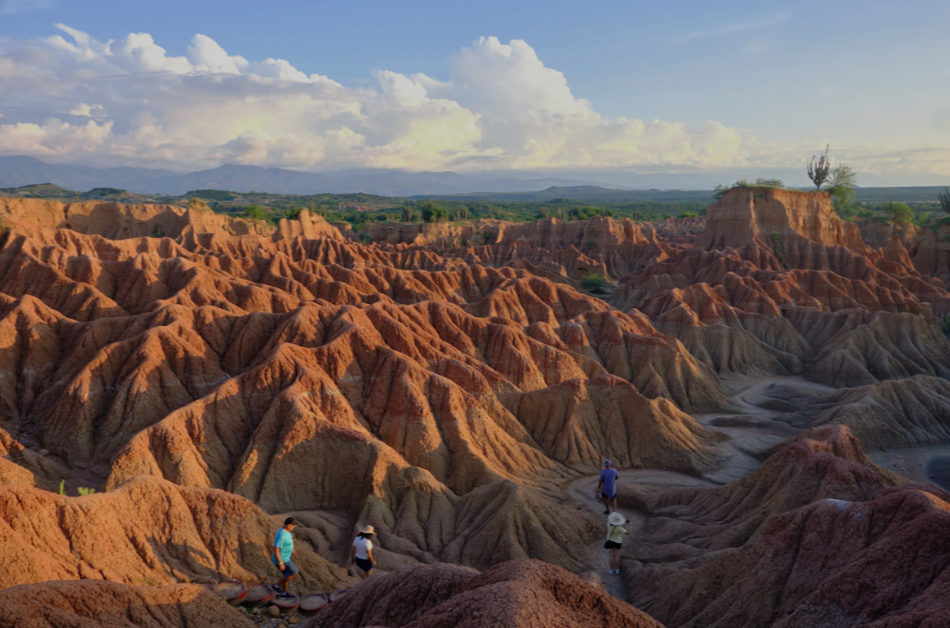
Sierra Nevada de Santa Marta:
The Sierra Nevada de Santa Marta is the world’s second-highest coastal mountain range. Its unique geography creates distinct ecosystems, including lush forests and high-altitude snow-capped peaks.
Tatacoa Desert’s Miniature Beauty:
Despite its small size, the Tatacoa Desert captivates with its unique landscapes, resembling a “mini-desert.” Its arid terrain and starry nights are an attractive draw for adventurous travelers.
Literary Heritage:
García Márquez’s Magical Realism:
Gabriel García Márquez, a Colombian literary giant, received the Nobel Prize in Literature for his pioneering work in magical realism. His masterpiece “One Hundred Years of Solitude” continues to enthrall readers worldwide.
Modern Progress:

Enhanced Safety:
Colombia’s dedication to improving safety and reducing crime rates has transformed the country’s image over the past decade. This progress has contributed to increased tourism and a more positive global perception.
Ciclovía’s Healthy Impact:
Bogotá’s Ciclovía is a groundbreaking initiative that opens major streets to pedestrians and cyclists, promoting physical activity and community engagement. This weekly event underscores Colombia’s commitment to well-being.
Biodiversity:

Pygmy Marmoset Wonder:
Colombia is home to the world’s smallest monkey species, the pygmy marmoset. This tiny primate inhabits the lush forests of the Amazon, adding to the country’s diverse range of wildlife.
Galápagos Shark Rediscovery:
The Galápagos Shark, once thought to be extinct, was rediscovered off the coast of Colombia. This remarkable find showcases the country’s marine biodiversity and the importance of conservation efforts.
Language and People:
Linguistic Diversity:
While Spanish is the official language, Colombia hosts a rich tapestry of indigenous languages spoken by various ethnic groups. This linguistic diversity highlights the nation’s cultural richness.
Warmth and Hospitality:
Colombians are renowned for their warm and friendly nature. Greetings often involve hugs and cheek kisses, showcasing their welcoming disposition and strong sense of community.
Tourism and Beauty:
Natural Beauty Lures Tourists:
Colombia’s captivating landscapes, from idyllic beaches to lush jungles and stunning highlands, are attracting more tourists each year. Its renewed focus on safety and accessibility is helping travelers explore its treasures.
Salt Cathedral’s Subterranean Wonder:
The Salt Cathedral of Zipaquirá is a breathtaking subterranean church carved into an active salt mine. This architectural marvel seamlessly blends faith and natural beauty, creating a unique spiritual experience.
Frequently Asked Questions And Answers
- What kind of food does Colombia eat?
Colombian cuisine varies by region, but some staples include arepas (corn cakes), empanadas, bandeja paisa (a hearty dish with beans, rice, meat, and plantains), sancocho (a hearty soup), and seafood dishes along the coast. - Why is Colombia so called?
Colombia is named after Christopher Columbus, the Italian explorer who played a pivotal role in the discovery of the Americas. - What is a unique fact about Colombia?
Colombia is the only country in South America with coastlines on both the Pacific Ocean and the Caribbean Sea. - What are 20 interesting facts about Colombia?
You can find 20 interesting facts about Colombia in the earlier responses I provided. - What is the top 1% in Colombia?
The top 1% in Colombia refers to the wealthiest segment of the population, often associated with higher income and significant economic resources. - What are 3 fruits from Colombia?
Three unique fruits from Colombia are lulo, guanabana (soursop), and feijoa. - What is Colombia famous for?
Colombia is famous for its coffee, emeralds, vibrant music and dance culture (especially salsa), and diverse natural landscapes. - What is Colombia most proud of?
Colombia takes pride in its cultural diversity, coffee production, and efforts to improve safety and reduce crime. - What is the most celebrated holiday in Colombia?
One of the most celebrated holidays in Colombia is “Carnival of Barranquilla,” a vibrant and colorful festival that showcases Colombian culture through music, dance, and parades. - What is a tradition in Colombia?
One tradition in Colombia is the celebration of “Día de las Velitas” (Day of the Little Candles) on December 7th, where people light candles and lanterns to honor the Virgin Mary and kick off the Christmas season. - What is Colombia known for in terms of fruit?
Colombia is known for its wide variety of tropical fruits, including exotic options like lulo, guava, and dragon fruit. - What are 5 interesting facts about Bogota, Colombia?
Five interesting facts about Bogotá are its high-altitude location in the Andes, the bustling street art scene, the Gold Museum with its extensive pre-Columbian gold artifacts, the Bogotá Ciclovía event, and the historic La Candelaria district. - What do Colombians speak?
The official language of Colombia is Spanish. - What are 3 historical facts about Colombia?
Three historical facts about Colombia are its colonization by the Spanish, its role in the fight for South American independence, and the emergence of indigenous civilizations like the Muisca. - What fruit grows only in Colombia?
One fruit that is native to Colombia is the “curuba,” also known as banana passionfruit. It has a unique sweet and tangy flavor. - What animal is part of Colombian culture?
The Andean condor, a majestic bird of prey, holds cultural significance in Colombia, representing freedom and the country’s diverse natural heritage. - What is Colombia’s national fruit?
The national fruit of Colombia is the “palma de cera,” also known as the wax palm. It’s the tallest palm tree species and holds symbolic importance. - What is the most popular food in Colombia?
One of the most popular foods in Colombia is the “arepa,” a versatile corn cake that can be enjoyed with various fillings. - What kind of clothes do they wear in Colombia?
Traditional Colombian clothing includes the “ruana,” a poncho-like garment, and the “sombrero vueltiao,” a woven hat. Modern clothing trends in Colombia are diverse, reflecting both Western and indigenous influences. - What is the religion of Colombia?
The predominant religion in Colombia is Roman Catholicism, but the country also has religious diversity with other Christian denominations and indigenous beliefs. - What are 5 important facts about Colombia?
Five important facts about Colombia include its rich biodiversity, significant coffee production, cultural diversity, efforts in recent years to improve safety, and its role as a global emerald producer. - What is the most popular sport in Colombia?
Soccer (football) is the most popular sport in Colombia. The country has a passionate soccer culture and has produced many talented players. - What is Colombia known for in terms of culture?
Colombia is known for its vibrant music and dance culture, especially salsa and cumbia. It’s also recognized for its literature, including works by Gabriel García Márquez. - Is WhatsApp popular in Colombia?
Yes, WhatsApp is very popular in Colombia and is widely used for communication, both personally and professionally. - What are 2 important facts about Colombia?
Two important facts about Colombia are its geographical diversity, encompassing mountains, rainforests, beaches, and more, and its ongoing efforts to overcome its historical reputation and promote tourism. - What are some facts about Colombian culture?
Colombian culture is a blend of indigenous, European, and African influences. It’s known for its festive celebrations, lively music, and warm social interactions. - What is Colombia’s national fruit?
Colombia’s national fruit is the “palma de cera” (wax palm), which is also the world’s tallest palm species. - What is Colombia’s national drink?
Colombia’s national drink is “aguapanela,” a sugarcane-based beverage enjoyed both hot and cold. - Is Colombia a rich or poor country?
Colombia is classified as an upper-middle-income country. Its economy is diverse, with industries like oil, mining, agriculture, and tourism contributing to its GDP. - What is the most famous Colombian?
One of the most famous Colombians is Gabriel García Márquez, a Nobel Prize-winning author known for his magical realism literature. - What rank is Colombia in happiness?
According to the World Happiness Report, Colombia’s happiness rank varies from year to year but generally falls within the middle range. - What do Colombian people do for fun?
Colombians enjoy a variety of activities for fun, including dancing, attending festivals, playing soccer, exploring natural attractions, and socializing with friends and family. - Is Colombia known for bananas?
While Colombia is not as famous for bananas as some other countries, it does produce and export bananas as part of its agricultural industry.





